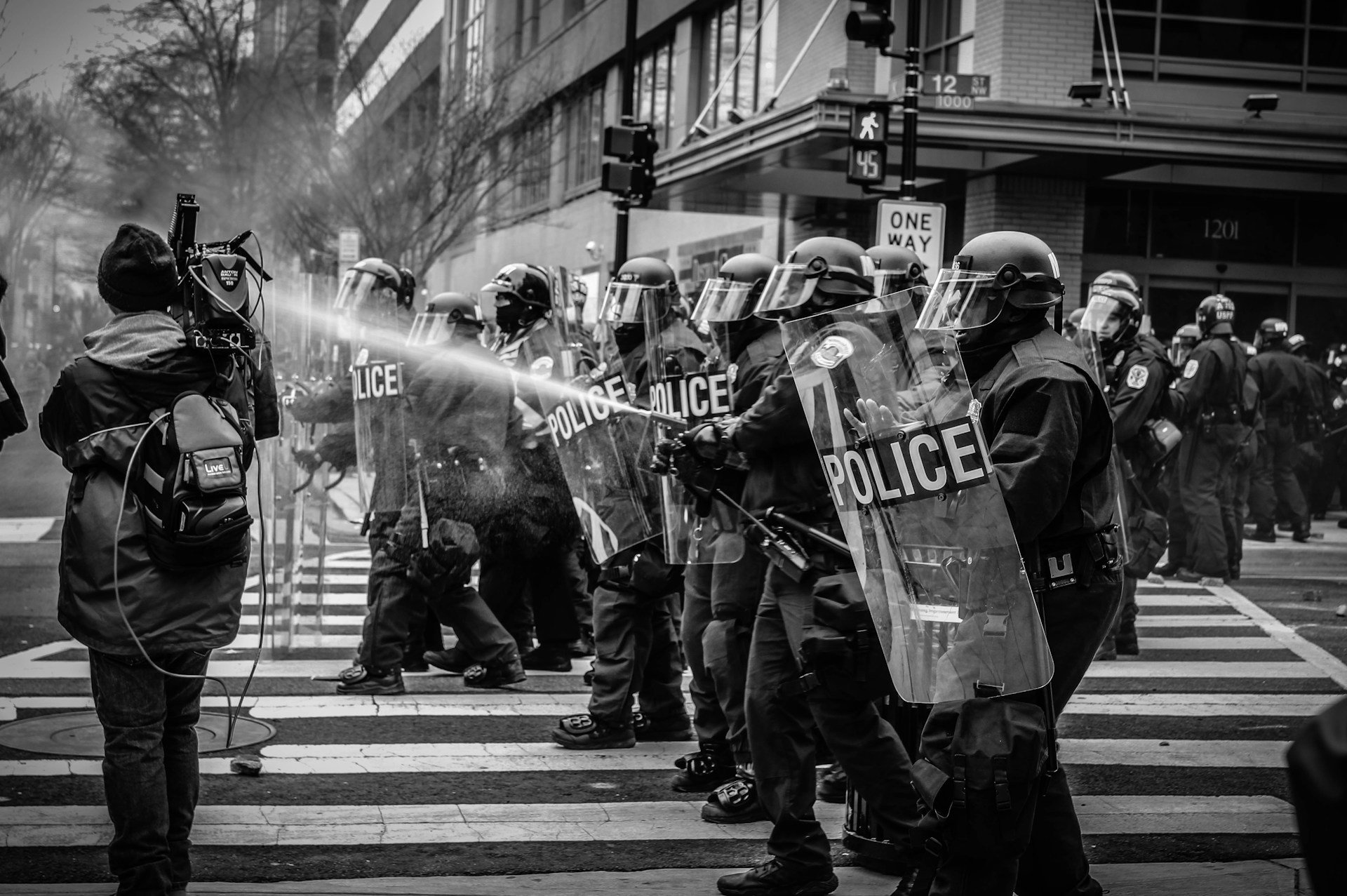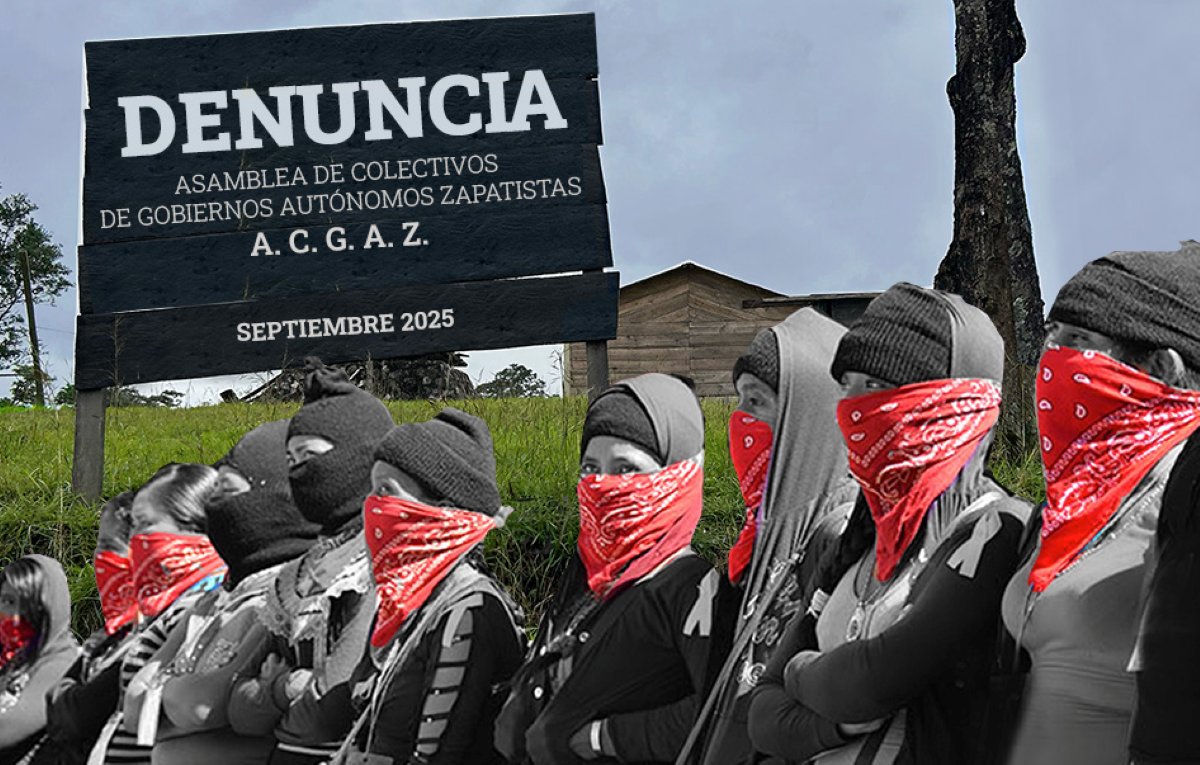Filed under: Capitalism, Critique, The State, US

In the wake of electoral defeat by Trump and the far-Right, the Democratic Party has been attempting to strategically tap into the growing populist current of economic discontent in this country. The Democrats, ardent supporters of capitalism as they are, have found this difficult to navigate; the Clintonite wing has been effective at blocking most progressive economic measures, including single-payer healthcare and anti-free trade legislation. So where have the Democrats fled to in order to secure the populist vote? In recent months, the party has put forth an economic platform they label “A Better Deal”, and amongst all the tax breaks for business owners and other meaningless reforms in their proposal is one that is sure to get people’s attention: a new orientation against monopoly (1) (2). This orientation is a shallow attempt at left-progressive politics by an historically pro-business political party, a diversion from the real economic issues we face today, here in the US or across the globe.
It seems like a no-brainer: monopolies are concentrations of economic power in the market. The conventional wisdom is that monopolies are able to secure higher than average profits due to their market power; their ability to raise prices by limiting growth of supply, based on their own whims and not on competition, is considered by many conventional and heterodox economists to be a sign of market “imperfection” and “inefficiency”. To get to the heart of this and why the focus on monopoly is a diversion, we must understand what is meant by “imperfection” and the role of price in neoclassical economics (the school of economics that is dominant in all major universities around the globe).
In mainstream economics and its variants (I include Keynesian and Post-Keynesian economics here, but also Marxists like Hilferding, Lenin, and the Monthly Review School), prices are supposed to be information signals. Within a price is supposedly a measure of the scarcity of a good and its relation to the demand of that good. Importantly, in a “perfectly competitive” market, where the supply and demand curves meet is considered the equilibrium price – where the quantity supplied and the quantity demanded are equivalent. We must understand neoclassical economics not as a science, but as an ideological project – and the ideological implication of the equilibrium price is that it is the point where scarce resources are allocated most “rationally” and “efficiently” considering their demand. Notably, this phenomenon is only said to be allowed to happen when the market is free of “imperfections” that may distort the price – including government regulation, labor unions, and monopoly power. The latter is important because in mainstream economics, firms in ‘perfect competition’ are considered to be “price takers” – that is, no individual firm is big enough to influence the market price; monopolies, on the other hand, are able to be “price setters” and can therefore decrease the market price in order to drive other businesses out of the market and increase the monopoly’s market share and, when the market is thoroughly captured, limit supply in order to increase prices. However, the very idea that firms under competitive conditions are price-takers is ludicrous; the myth of perfect competition actually obscures the fact that competition is taking place, and that competitive cost-cutting and competitive pricing are the integral to any firm’s existence in the market.(7)
Bigger firms, through scale, are able to have an absolute advantage by being able to keep costs low. This produces a higher bar on the ability for other firms to enter and compete in the market — but it does not mean that large firms are not competing intensely with each other, nor does it mean that resources are being allocated in less “socially optimal” manner than if there were more numerous smaller firms. Such conclusions only follow if one accepts the ideological framework of bourgeois economics, where competition is exalted as rational rather than condemned as destructive. There are also a whole host of assumptions that ground the possibility of the “perfect competition” model – assumptions like perfect information symmetry (the consumer knows as much about a good as the seller) and the hyper-rational “utility-maximizing” behavior of consumers and firms – all of which are not only inaccurate, but impossible. Finally, it is unclear what is meant by “rational” allocation of resources when the majority of capitalist history has resulted in increasing inequality (3), and when socially relevant outcomes like climate change are considered “market externalities”.
Many left wing, progressive economists claim that the perfect competition model has no relevance to real life due to its foundation of false assumptions, and so they add modifications to the orthodox model like “imperfect competition” (prices set by institutions/monopolies) . At first, this appears to be a step in the right direction, as anyone can see that perfect competition is an utter farce and studying the economy as if it behaved that way would be irresponsible. However, by introducing imperfections into the model, the left economists are still trapped in the paradigm of perfection. By claiming that we have imperfect competition assumes that perfect competition is still the standard by which we measure the “rationality” and “efficiency” of the allocation of resources. The ideal firm is still considered to be a “price-taker” and the implication is still that less firms equal less rational allocation of resources – that more competition would bring about more “socially optimal” outcomes and a more equitable society. In a backhanded way, the left wing heterodoxy supports the right wing’s ideological conclusions on how capitalism should operate: the more firms a market has, the better off we’d all be. The assumption behind that that implication is twofold: that competition is beneficial, and that the more firms and market has, the more competitive. This is inaccurate on all counts. Even Marxists like Hilferding and Lenin fall into this trap by assuming there was once a golden age of competitive capitalism — in reality, monopolies have always existed, capitalism having always oscillated between periods of relatively high and low concentration (4), and monopolies have always been competitive.
None of this is to say that capitalism doesn’t have the tendency to concentrate and centralize capital, but the theory often utilized to explain what this means is grounded in bourgeois ideology. The dichotomy that needs to be challenged is the idea that monopoly and capitalist competition are opposites, when in fact they sit on the same spectrum. There are hardly ever pure monopolies, but rather, there is monopolistic competition. Monopolies are not stable, static entities able to control markets without competition; the concentration of capital only intensifies competition. If one massive firm takes over a sector, it will compete with other sectors of the economy for investment, and it will move into other sectors to expand its market. The pressure of cost-cutting is still imperative, and thus the laws of motion of capital are still the same as they were in the 19th century; contrary to Lenin, we have not entered a new stage of capitalism with new laws of motion. Empirically speaking, correlations between “market concentration” and categories like price rigidity, profit rates, and profit margins have been either entirely null or inconclusive (Shaikh, 370-379).
Politically, this is cause for suspicion and skepticism regarding populist calls against monopoly. It’s not that monopoly isn’t a bad thing– it intensifies competition — but a real, relevant monopoly is being ignored in such a call: the monopoly of economic power and violence of the capitalist class. By framing monopolies as the enemy, we find ourselves taking sides within inter-capitalist rivalries – big business vs small business, big capitalist vs small capitalist. In reality, and for our purposes, the fights that matters are not between capitalists, but between capital and labor and between the market and the people. Perfect competition is a powerful myth, and it obscures that there is a conflict of interest between bosses and workers, with or without monopoly, and it is not by accident that the Democratic Party picked this low-hanging fruit as a major plank of their economic populist platform. Such a move is uncontroversial compared to addressing the economic issues which have greater impact on us globally, such as neoliberal globalization, institutional racism, or the lack of public goods. The Democrats are being opportunistic at best. But it is the competitive nature of capitalism, and not the lack thereof, that is most destructive: the everyday war of cost-cutting has given us stagnant wages and unemployment through automation and increased exploitation of the colonized world. The impact on our planet has been severe and possibly irreversible.
The enemy today, in the age of neoliberal globalization, is the same as it was yesterday: capitalist competition. Monopoly is and has always been a part of capitalist competition, so the question arises: are we going to fight merely against monopoly, or are we engaging in the real, meaningful struggle against capital? Honestly, when the Democrats are talking about leveling the playing field, we have to be real about who is even allowed on the field and who is not.
Sources:
- “Democratics are Finally Waking up to the Monopoly Problem”
http://www.huffingtonpost.com/entry/democrats-antitrust_us_5976572fe4b0a8a40e817612
- “Chuck Schumer: A Better Deal for American Workers”
https://www.nytimes.com/2017/07/24/opinion/chuck-schumer-employment-democrats.html
- Piketty’s Inequality Story in Six Charts
https://www.newyorker.com/news/john-cassidy/pikettys-inequality-story-in-six-charts
- “Getting a Level Playing Field”
https://thenextrecession.wordpress.com/2017/03/06/getting-a-level-playing-field/
- “Monopoly or Competition: Which is Worse?”
https://thenextrecession.wordpress.com/2016/05/17/monopoly-or-competition-which-is-worse/
- “Productivity, Profit, and Market Power”
https://thenextrecession.wordpress.com/2017/09/05/productivity-profit-and-market-power/
- Shaikh, Anwar. “Capitalism: Competition, Conflict, and Crisis”





